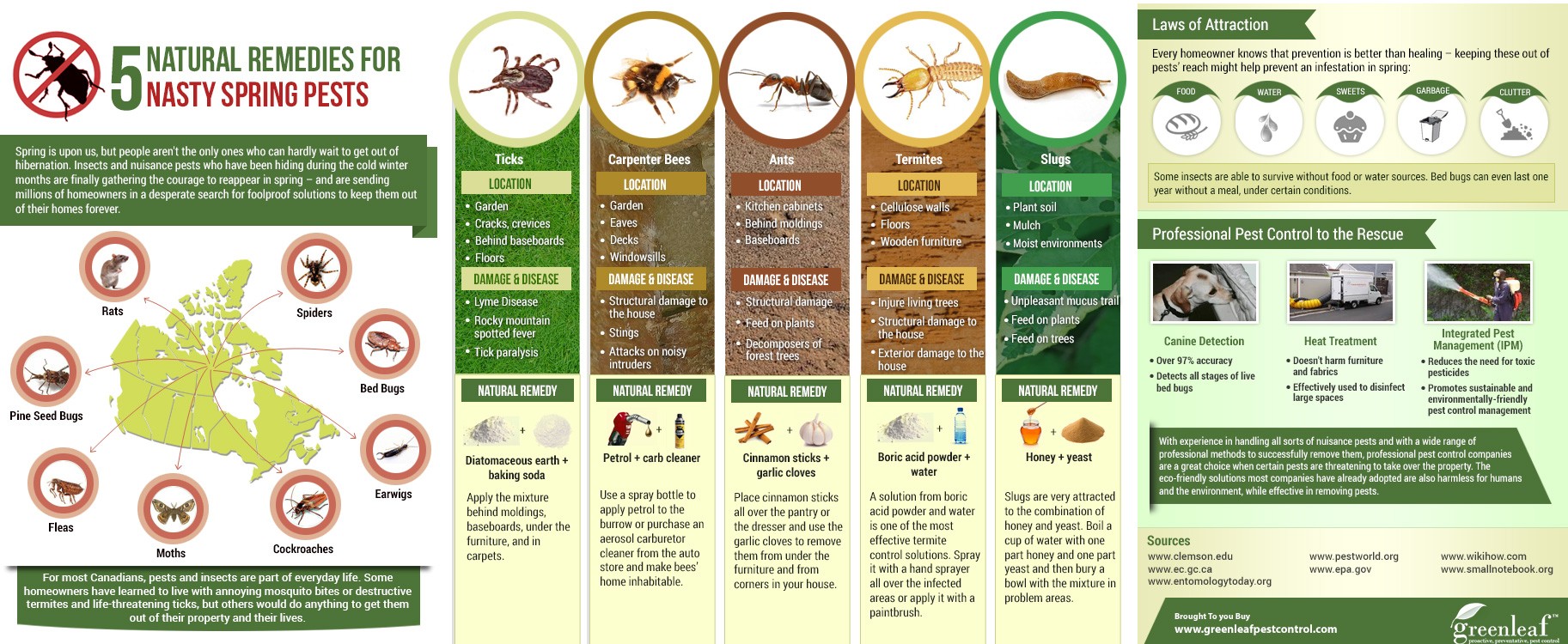Handling Rat Infestations: Insights Into Rat Psychology
Handling Rat Infestations: Insights Into Rat Psychology
Blog Article
Write-Up By-Cunningham Krag
When it involves rodent control, comprehending common rodent actions is key to efficiently taking care of invasions. Did https://docs.google.com/spreadsheets/d/1_L4WtnLunGBMOxFhqhK1HSSBBltzaKUlawcvqtO0coA/edit?usp=drive_link recognize that rodents have some interesting nesting behaviors that might amaze you? By discovering their complex habits, you can acquire valuable understandings right into exactly how to tackle rodent issues in a more tactical and effective fashion. So, let's untangle the enigmas behind these animals' actions and find out exactly how to outsmart them in your rodent control efforts.
Rat Nesting Behaviors
When observing rats in their all-natural habitat, you'll discover that they proactively look for materials to construct their nests. Rats, such as computer mice and rats, are clever creatures that utilize a range of things like branches, leaves, paper, and textile to develop their homes. They're thorough in their nest-building process, often lining their nests with softer materials like hair or plumes to develop a comfy setting.
Rats choose to construct their nests in covert and secure places to shield themselves and their young from predators. Typical nesting areas include wall surface dental caries, attics, cellars, and also within insulation materials. By building their nests in these remote locations, rodents can securely raise their children away from possible risks.
It is important to recognize the nesting practices of rodents when executing control actions. By interrupting their nests or getting rid of materials, you can inhibit rats from developing a presence in your home or building. Correct sanitation and sealing entry points are additionally critical action in preventing rodent invasions.
Rodent Feeding Patterns
After observing rats' nesting practices, it ends up being noticeable that their feeding patterns play an important role in their day-to-days live and habits. Rats, consisting of mice and rats, are opportunistic feeders, suggesting they'll consume whatever food source is easily available. They're mainly nighttime animals, choosing to forage for food throughout the cover of evening to stay clear of killers.
Rodents have a diverse diet regimen, varying from grains, seeds, fruits, and veggies to bugs, nuts, and also tiny pets. This versatility in their food selections permits them to prosper in various atmospheres, consisting of city areas where human food sources are plentiful.
Their feeding patterns aren't just driven by appetite but also by the requirement to stockpile food for times of shortage. This actions is specifically visible to prepare for winter season or when nesting. Rodents are recognized to hoard food in their nests or burrows, making certain a continuous food supply. Understanding their feeding patterns is important in carrying out efficient rodent control actions to interrupt their food resources and protect against invasions.
Rat Motion and Traveling
Rats browse their surroundings with dexterity and stealth, using their keen detects to relocate promptly with their atmospheres. These creatures are adept mountain climbers, able to range wall surfaces and upright surfaces with ease. They can likewise press with remarkably small openings, making it important to seal any kind of prospective access points in your home.
When it concerns taking a trip, rats have a tendency to follow acquainted paths, producing tracks along wall surfaces or skirting the edges of rooms. https://www.mypmp.net/2023/01/24/massey-services-opens-new-location-in-south-carolina/ of habit, commonly staying with these developed routes as they forage for food or explore their environments.
Rodents are understood for their nocturnal routines, so you may hear them scurrying about during the night as they search for food and water. Their motions fast and irregular, permitting them to dart in and out of sight in the blink of an eye.
Understanding just how rodents move and travel can help you identify prospective infestation areas in your house and take positive steps to stop these parasites from gaining a foothold.
Conclusion
As you function to control rodents in your home, remember that comprehending their habits is vital. By identifying their nesting habits, feeding patterns, and motion, you can successfully protect against infestations.
Together, by taking aggressive steps to remove food resources and seal entrance points, you can interrupt their familiar courses and require them to seek new places, ultimately reducing the probability of rodent existence in your space.
